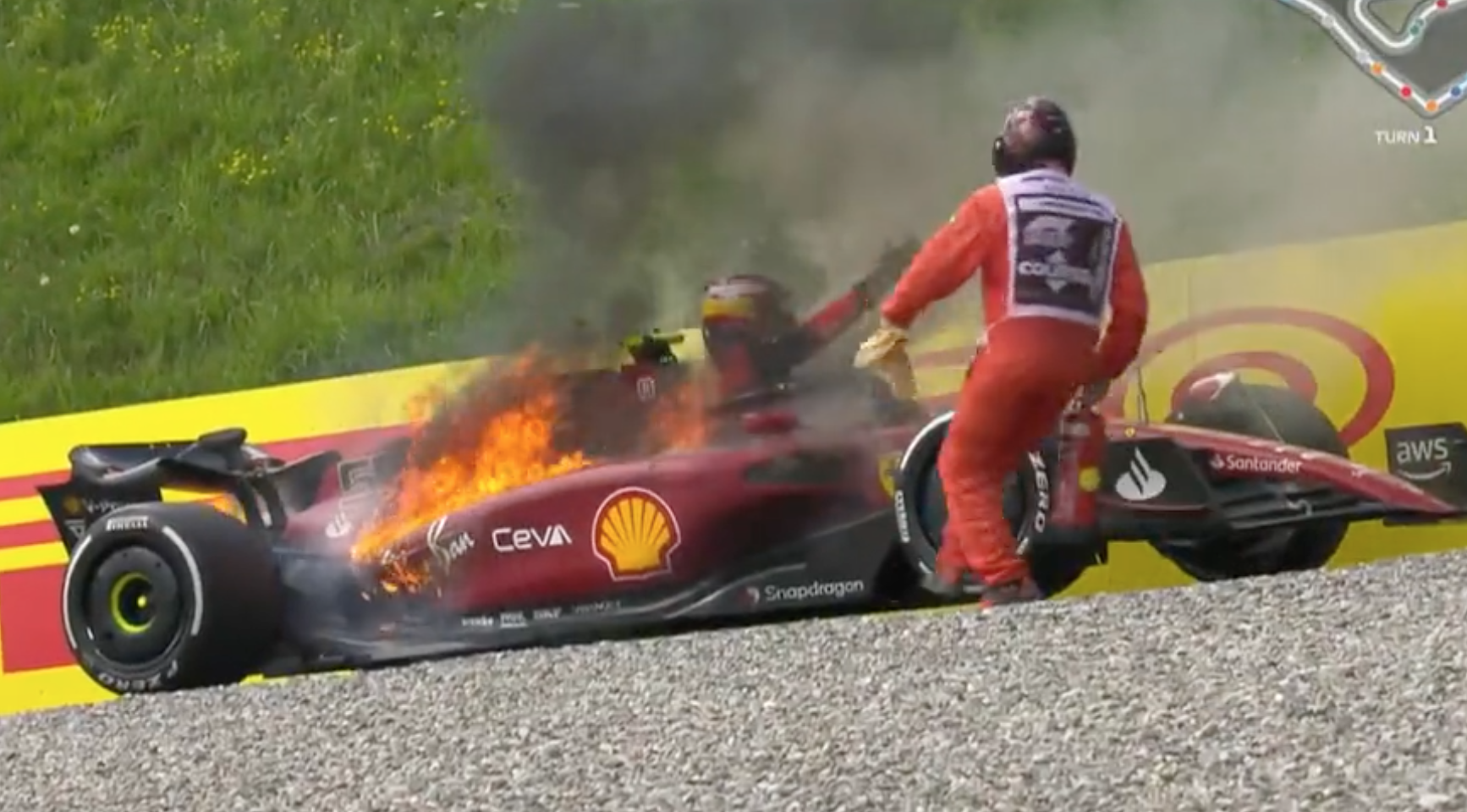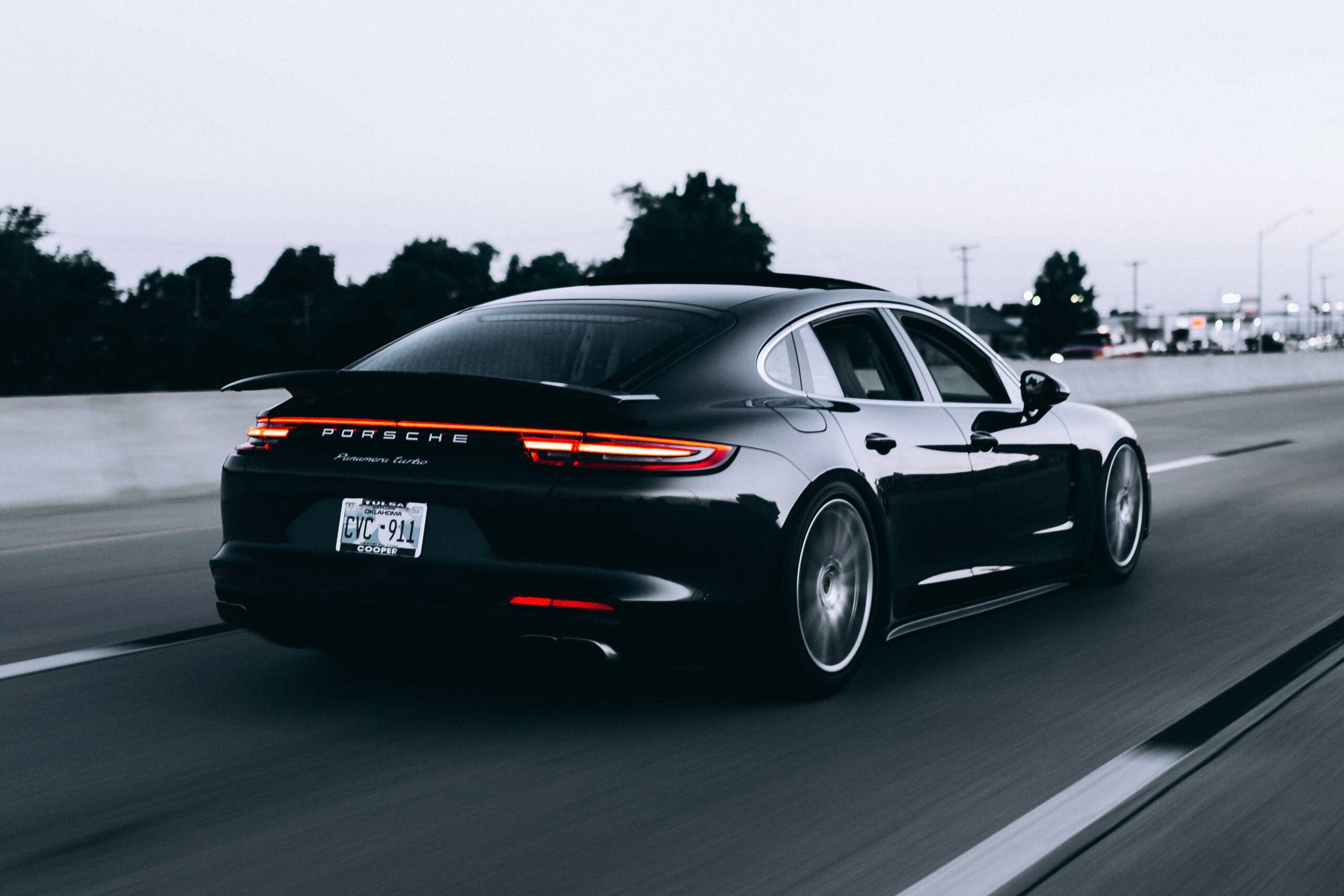Sir Jackie Stewart’s Grit: Insights into F1’s Evolution from the 1960s to Today
The Legendary Champion Reflects on the Past and Offers Perspective on Modern Formula 1
In the high-octane world of Formula 1, the legends of the past continue to cast their shadows over the present. Sir Jackie Stewart, a former F1 champion and one of the sport’s enduring icons, recently shared valuable insights into the life of F1 drivers during his racing days in the 1960s and 1970s. His reflections provide a fascinating perspective on the evolution of the sport.
Stewart’s journey in Formula 1 was nothing short of remarkable. Over the course of nine seasons, he clinched the championship three times. A noteworthy aspect of his career is that he stood alone as the only British racing driver to achieve such a feat until 2015 when Mercedes driver Lewis Hamilton matched his record.
Speaking with Bild, Stewart takes us on a nostalgic trip back in time, vividly illustrating the challenges he and his contemporaries faced on the racetrack. His observations shed light on the stark differences between the eras of F1, emphasizing that it is much easier for drivers to secure victories in the modern era.
“When I became world champion for the first time in 1969, we only competed in 11 grands prix. This year the calendar consisted of 24 races [although two were cancelled].
“Given the number, you can afford to have a bad weekend and still have a chance of winning the title afterwards. But that is only half the truth.”
In his era, Stewart confronted a grueling schedule, where opportunities to showcase his prowess on the track were limited. He reminisces about the days when a driver could only race a handful of times in a year, as opposed to the packed calendars of today’s Formula 1. In his own words, he reflects, “I traveled more in a year during my racing days than today’s drivers do, competing in a staggering 65 races annually.”
“How would you describe the job of Verstappen, Hamilton and co?
“Exactly.
“All they do all year long is compete for their team. Back then I still had to drive in rally, IndyCar, touring championships and many other competitions to earn enough money.
“While drivers now drive 24 races a year, I had 65 when I was at my peak.
“This meant that we travelled a lot more back then. My record for most Atlantic crossings in one year is 61!
“Don’t forget: There were no private jets back then, I flew regular flights. This is unimaginable for most drivers today.”
To make ends meet and sustain his racing career, Stewart ventured beyond Formula 1. He engaged in rallies, conquered the challenges of IndyCar, dominated touring championships, and dabbled in a myriad of other competitions. It was a testament to his versatility and determination, but also a stark reminder of the financial pressures drivers faced.
When asked if he would choose to be a part of the Formula 1 landscape of today rather than his own era, Stewart responded affirmatively, acknowledging the luxuries and conveniences modern drivers enjoy. His affirmative stance highlights the quantum leap in terms of safety, comfort, and support that today’s drivers benefit from.
“Yes, of course! It’s more comfortable for drivers at every level.
“Across competitions, fewer races, better travel, more pay and pure luxury at the grands prix.
“We used to sit in tents through which the wind whistled. Today a number of trucks drive up to unload the team houses.
“There’s no wind whistling through them, they have real walls. The drivers have it much better today.”
Stewart also drew attention to the transformation in the relationship between drivers and the media. In his heyday, the media scrutiny was more tempered, allowing drivers a degree of privacy and breathing space. Today, F1 drivers are subject to micro-evaluation by the media, with every aspect of their lives under the spotlight. Stewart recalled, “We had our moments with the media, but it was a different world back then.”
“However, they are also followed by the media at every turn.
“Every action of theirs is evaluated. It was different for us.
“We also went out for a drink with the journalists in the evening, and the content of the conversation wasn’t in the newspaper afterwards.”
In closing, Stewart contemplated the future of Formula 1 and the possibility of Max Verstappen, the current race leader, being dethroned in a championship. He left us with this intriguing thought: “In F1, the only constant is change. It’s entirely possible that another talent will emerge and challenge the current order. That’s the beauty of this sport.”
“Typically, drivers develop until their late twenties.
“But to be honest: I don’t see much room for Verstappen to improve. No matter whether it’s raining, windy or hot – Max gets the absolute maximum out of the car everywhere.
“But you shouldn’t forget that he’s not a normal 25-year-old. He has been racing in Formula 1 since he was 17 and is much more experienced than others his age.
“It’s hard to imagine at the moment, but people also thought with Lewis Hamilton that no one could beat him as long as he was active.
“It would be comparatively easy for Sergio Parez to win the title.
“He is in the right team at the right time – but only drives solidly and not outstandingly like Verstappen.
“It’s even a little easier for Max to win multiple world titles in a row than it was in my time.”


